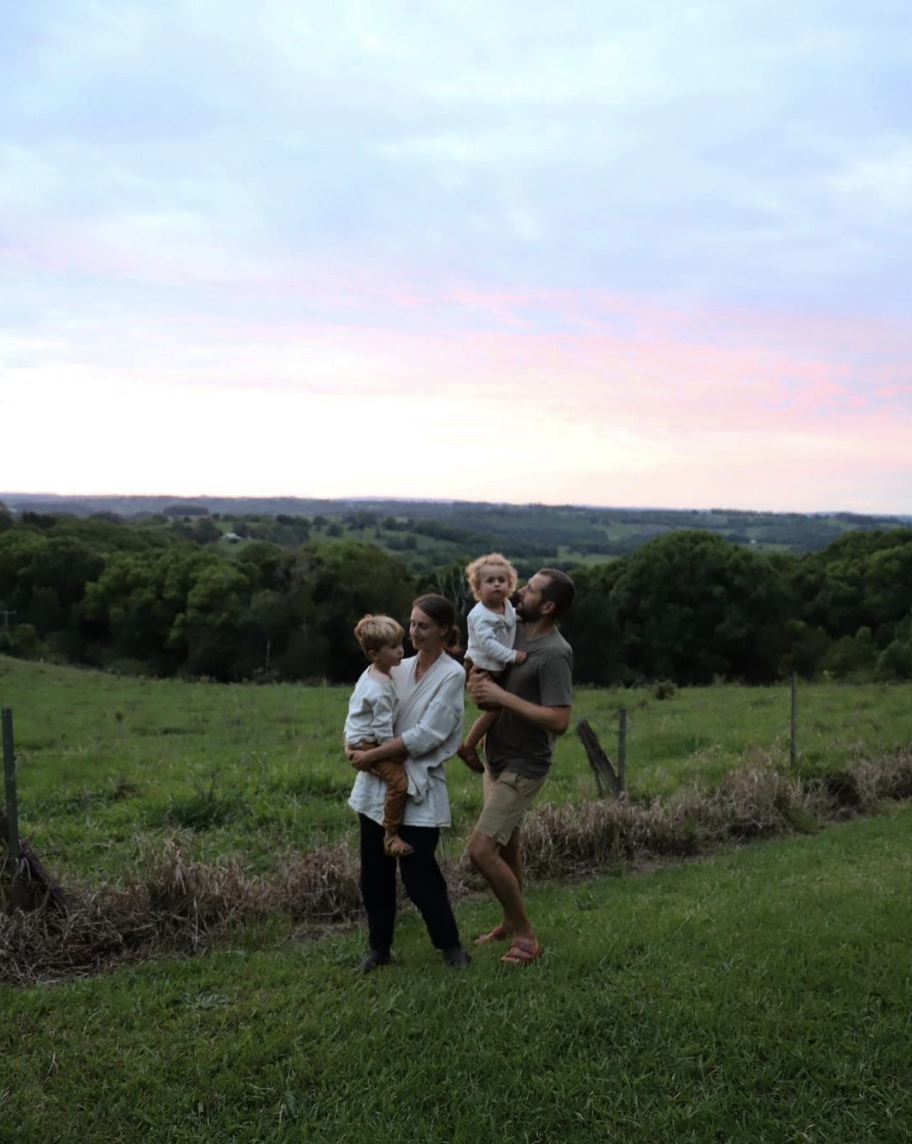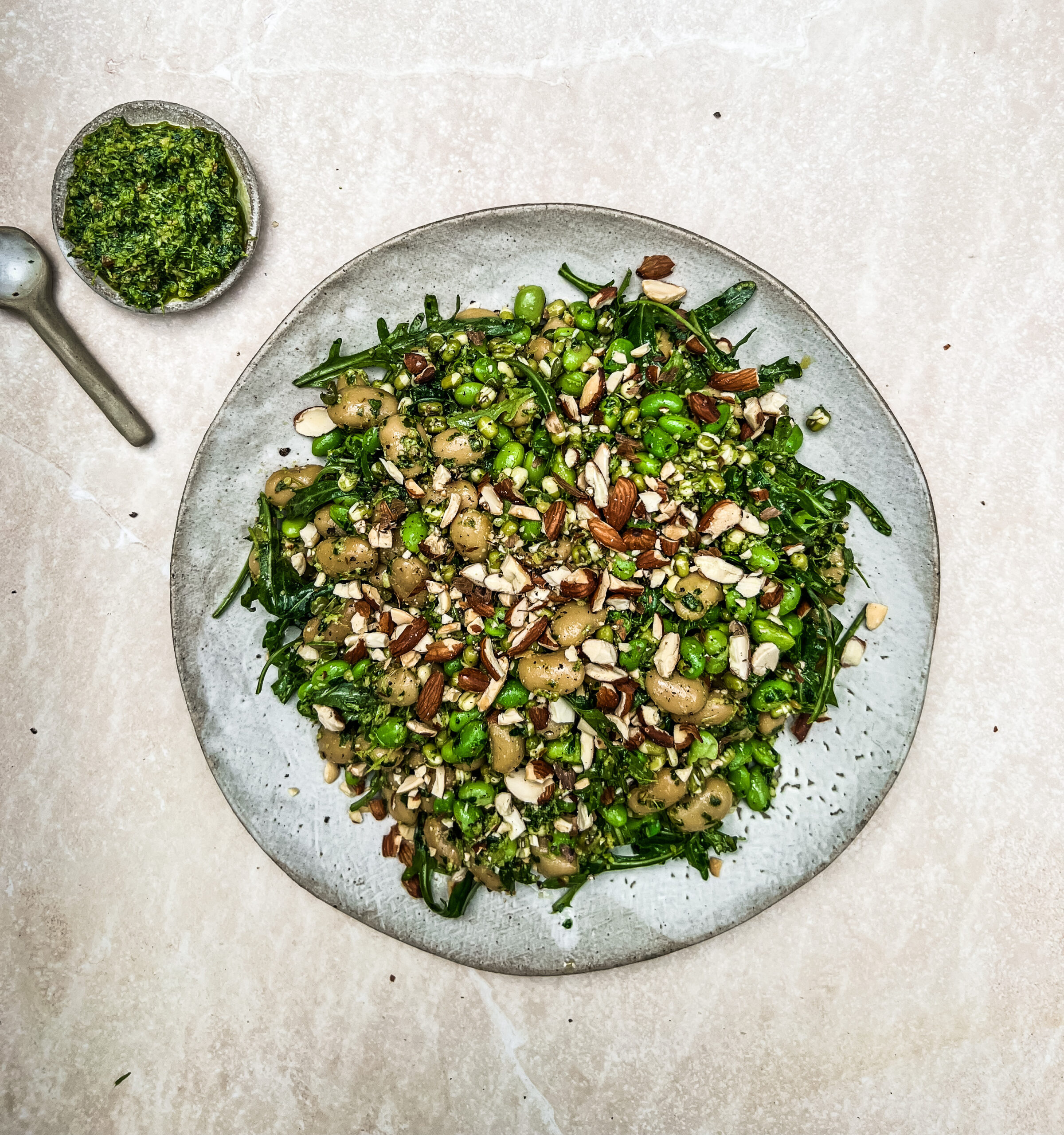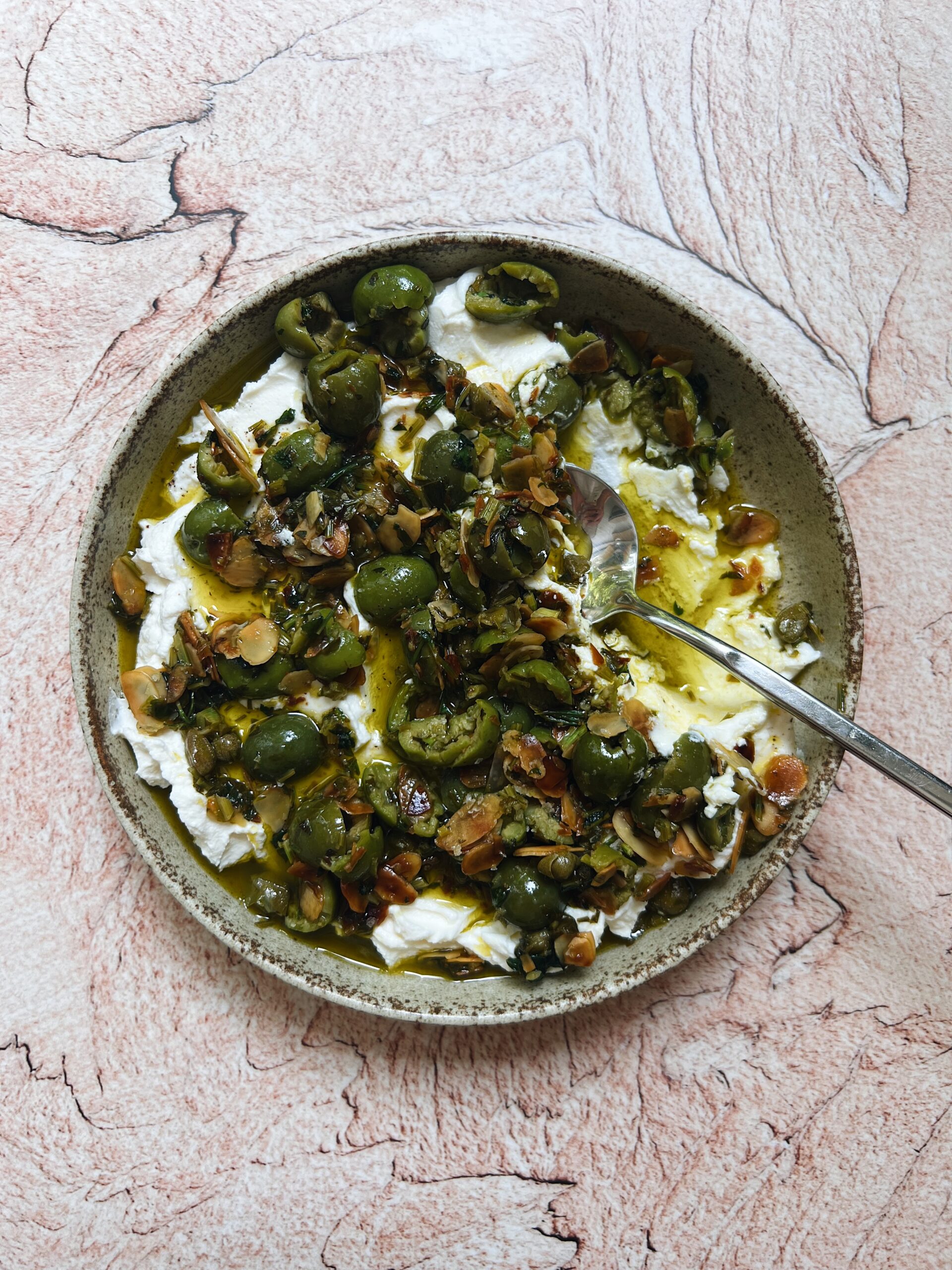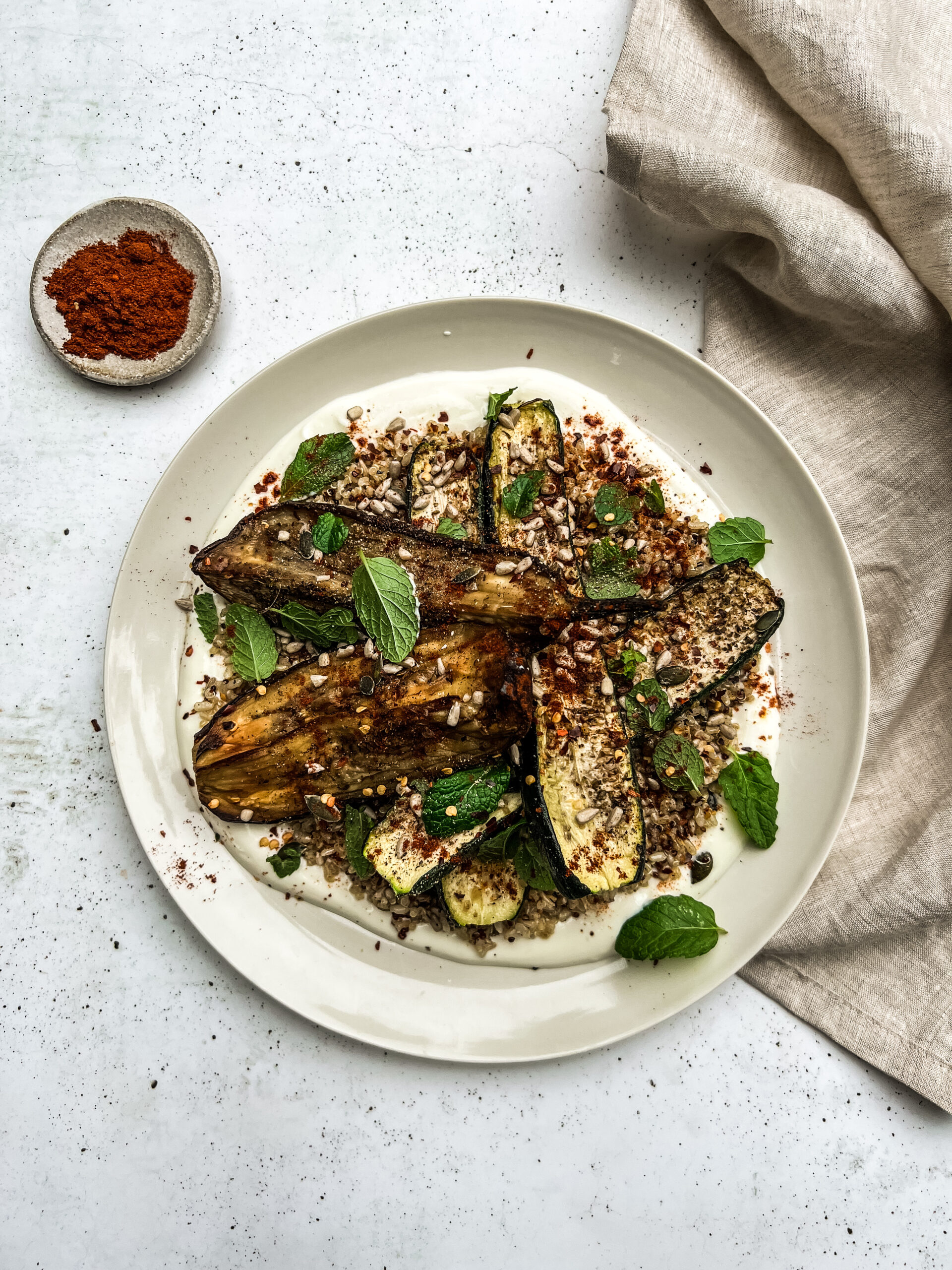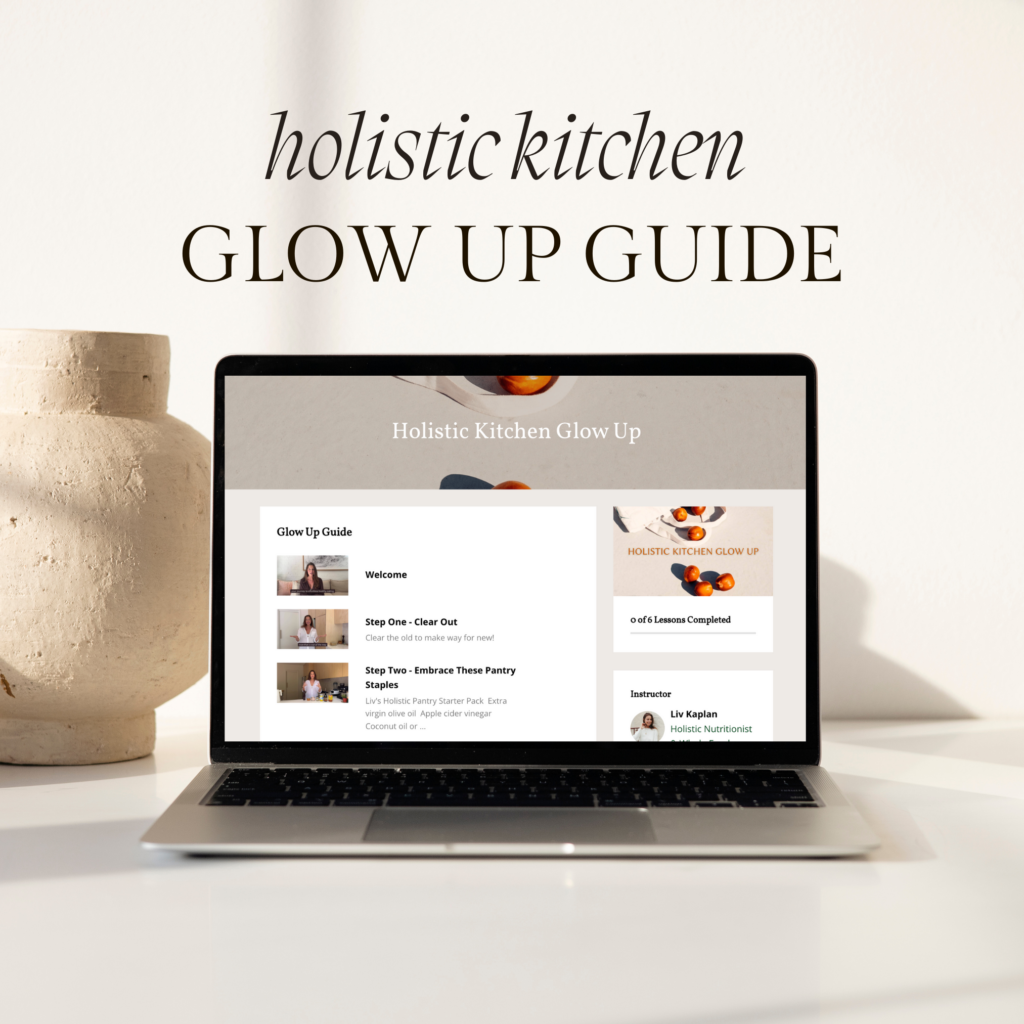Conversations Of Source: Moving From The City To A Native Fruit Farm And Learning To Connect With The Land
Introducing a new series Conversations Of Source!
After years of being a little jaded with the state of content online, I found myself sitting mostly silent to avoid adding to the noise. And this was beneficial in many ways, I needed some space to find what truely lit me up again.
And of course with a little space, the inspiration started to flow in. And by inspiration I mean people and stories that truely intrigue me and stoke my inner fire of zest for life and learning. So while this is a website devoted to health, you won’t find any listicles on “five healthy ingredients to add to your breakfast” or whatever other basic and boring content is doing the rounds (harsh but not sorry). If I don’t find it interesting, then I know you, dear reader, won’t either.
So instead, I’m devoted to sharing with you stories, conversations and learnings that actually deserve your precious time and attention. And I’m starting with this conversation with a beautiful family that left the eastern suburbs of Sydney to move to a native fruit farm in northern NSW and explore living off the land, connecting with the source of our food and discovering what it really means to live well.
There is a lot of juice in here (no pun intended), and you’ll see that I can’t package up this conversation into a seven second video or a one sentence caption. But I invite you to take some time to read it, take from it the inspiration and lessons that speaks to you, and continue to discover the true source of health and wellness.
Let’s get to the source with Jess and Carl from Byron Bush Food.
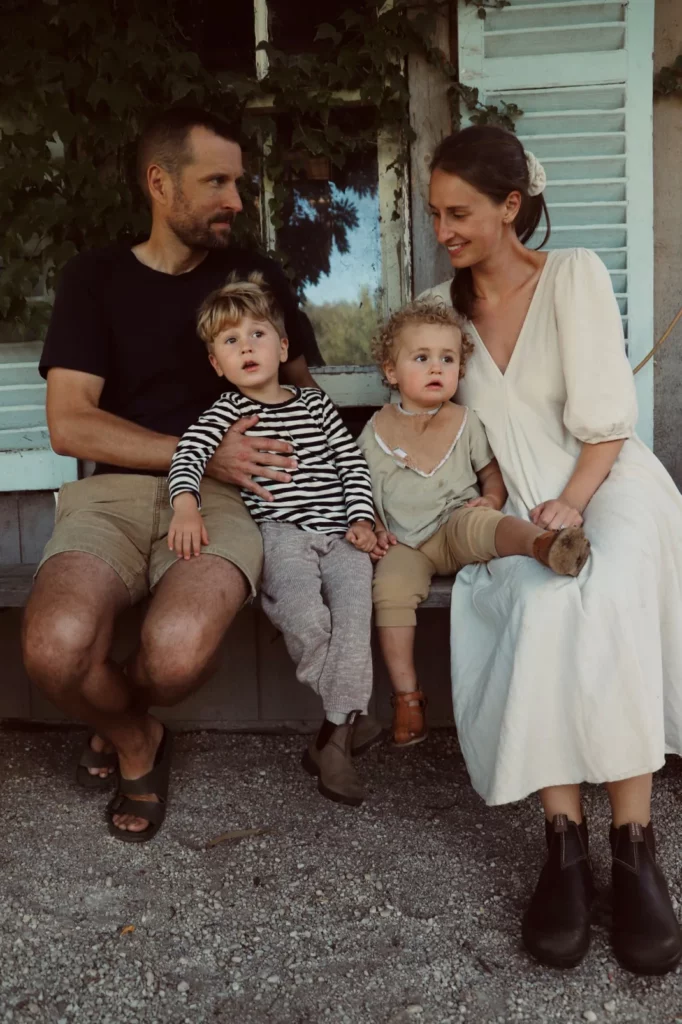
Thank you so much Jess and Carl for joining the conversation! You’ve made such a big and beautiful life shift, moving up into the Byron hinterland to live on and manage this beautiful land. What led you here?
We’ve always been drawn to this beautiful region – it has been where we’ve holidayed for many years. When our youngest son Wolfe was 9 months we came up here and stayed in a magic place that was on the edge of the rainforest with a magnificent veggie garden. In that time we felt this really special connection to the land and I remember saying to Carl how wonderful it would be if this was our day to day life.. Given we both worked in corporate jobs then we didn’t see it as a possible move for us at that time. But, COVID happened and we came up again in between lockdowns and seeing the boys enjoy being in and so connected to nature and feeding animals was when we decided that we needed to make the move. They say – energy flows where intention goes, and I feel that really happened for us. We’ve been here nearly a year now and couldn’t imagine our life any other way.
Your land houses a one acre Davidson Plum orchard, surrounded by Lemon Myrtle trees, Aniseed Myrtle, Native Citrus, Atherton (Oak) Almonds, Riberries and a regenerated rainforest. How did all of these incredible plants come to be here and why? What makes them so special?
We are so fortunate to be the caretakers of this land and so grateful to have come to such a well-established and truly incredible symbiotic ecosystem that our mentor and the women who passed this land onto us created. Sue is someone we will forever admire for her passion for native vegetation and food as well as regeneration. She had a vision 27 years ago when she bought this land, and at the time it was cleared of paddocks and cattle country. Her vision was to bring this land back to its natural, intended ecology. She worked so hard to educate herself around this and spent time planning and then creating what this beautiful land is today. We are forever grateful for her foresight, her passion and her care for the land.
The plants that grow on this land are native to this region and thrive in this environment. We are so fortunate to have some of the most nutritious, incredibly vibrant food native to these soils. Within this food is such a deep connection to the country and culture of our first nations people. So incredibly special, and something we have committed to honour and connect with. Some of these plants are endangered – the Davidson’s Plum for example is listed as Endangered on both the NSW Threatened Species Conservation Act 1995 (TSC Act) and the Commonwealth Environment Protection and Biodiversity Conservation Act 1999 (EPBC Act). Within our rainforest we have 7 threatened species of plants growing and thriving, which provide habitats and food sources for native animals.
We take our role as caretakers seriously and know the ecology that sits here is something to protect and to continue to regenerate.
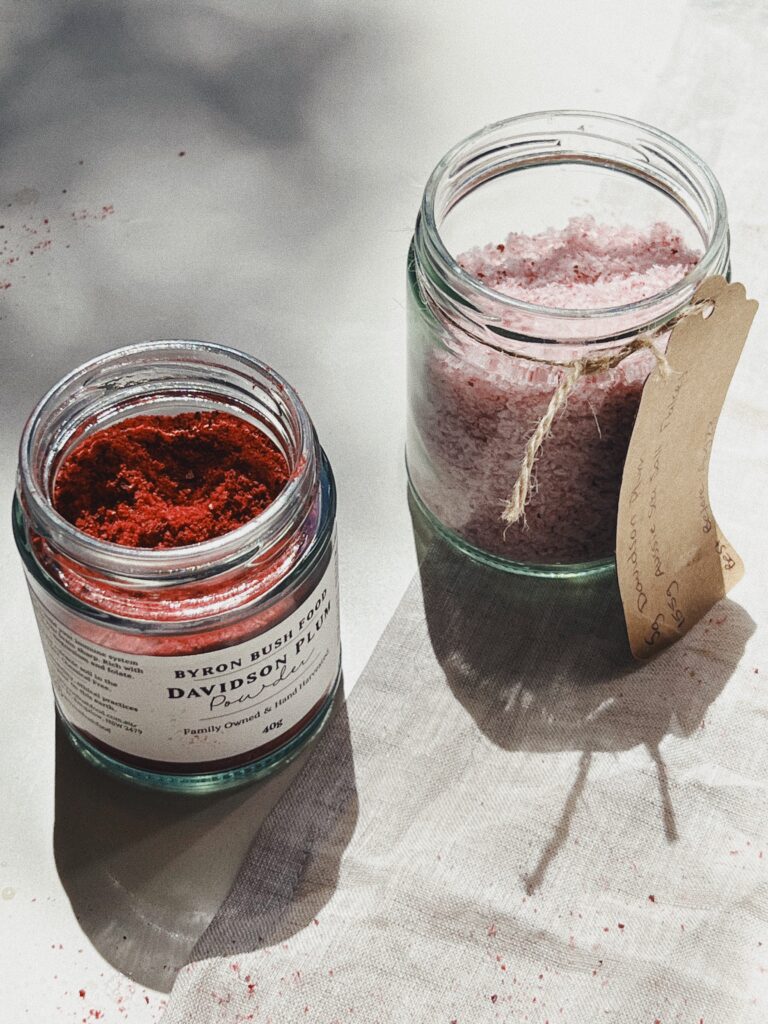
I’ve grown up very fortunately in the Eastern suburbs of Sydney, and while we have access to the most incredible ocean views, it certainly is very urban here. How have you developed your knowledge of land and farming, coming from a relatively urban upbringing?
We are still learning every single day, and think we probably will be for the remainder of our life here. We see that as a beautiful privilege to lean into understanding everything from the soil to the water to what grows, to the ecosystems all interconnected and centred back to our mother – nature. For us, the best thing we’ve done in the last year here is surround ourselves with incredibly knowledgeable people in their respective fields within this community to ensure we are guided by and learning from them as our mentors. We both learn best by doing and it’s been wonderful to have people on land to work with and continually learn from.
For us this has happened through the most unlikely ways. Jess was once at the park with our two boys and got chatting to the mum sitting next to her and it turned out her partner was one of the most admired bush and rainforest regen leaders in this region – after an introduction to Joey we connected around our likeminded natural and organic approach and Joey has been a really key inspiration and mentor not just for us but also for our son’s who are both really keen to learn about how to care for the land and specifically the rainforest.
We’ve found having an open heart and good intent will always connect you to people who share similar values.
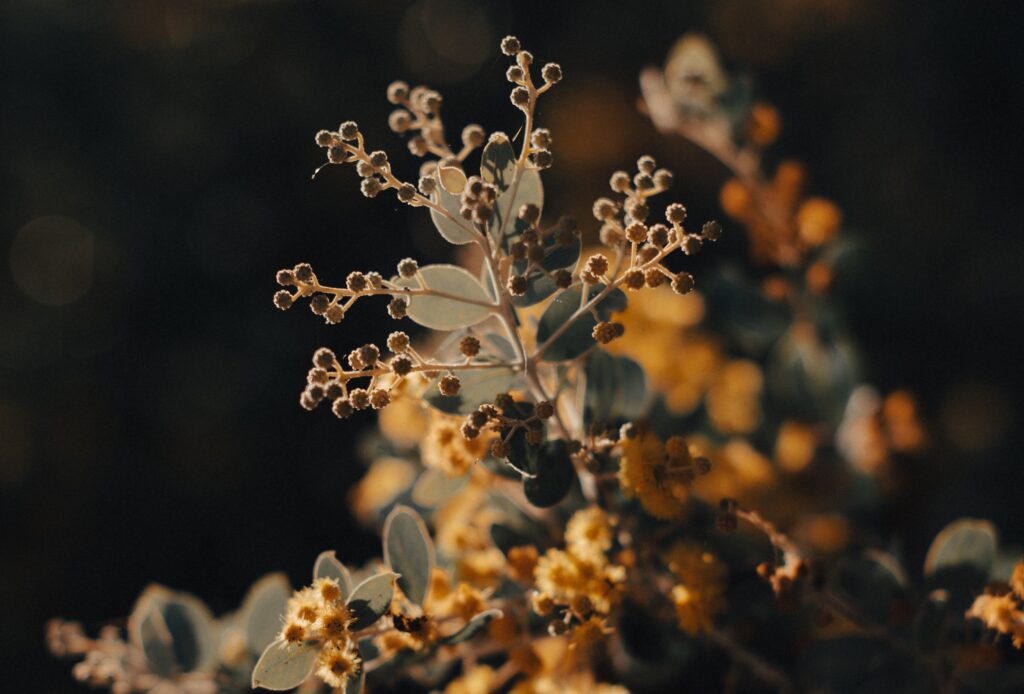
So many of us, especially those living in urban areas, are quite disconnected from the original sourcing of our food, and for most, large supermarkets are the only source. This makes it quite hard to picture where our food was actually grown, particularly when it’s imported. You are so incredibly dedicated to sustainable, ethical practices and even hand pick and hand make your products – how do your processes and products differ from those from the large conventional farms that are generally supplying standard supermarkets?
Our practices are 100% natural and certified organic and through this we are conscious of connecting with our orchard, trees and plants, honouring them for what they provide. Part of these practices mean we don’t use machinery on the land – except to mow the lawns. This to us is important because it means we’re not disturbing the natural ecology. Even when it comes to weeds, we pull them all by hand.
Native foods in this country contain the highest nutritional content on par and if not higher than any other food on the planet (for example, Kakadu Plum which contains the highest levels of vitamin C compared to any other food source), and through greater education we hope more people will choose to consume what is grown on local soil. We believe food is medicine and to us that means consuming food in season and in its purest form – not combined in very small amounts with other low-quality ingredients.
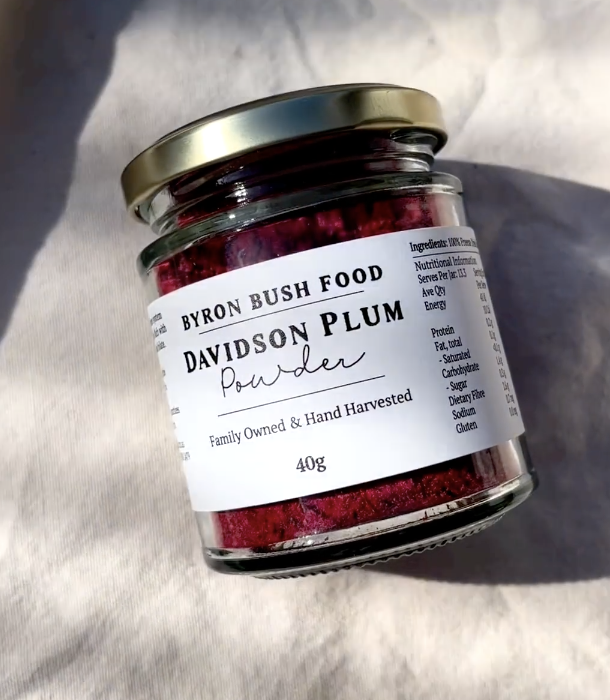
It’s so important to connect to where food comes from, how it was grown, harvested, processed, everything! In your opinion, why is this important? And what outcomes come from prioritizing this – both for the individual, community and planet?
Yes, so important! Zach Bush MD summarises this better than we ever could:
“Eyes, nose, and tongue.. Each channel of sensory information we can use to engage with our food… that is, if we move slow enough to perceive, feel, taste and touch. The organic garden of our gut is where we begin our journey into a healthy human body. We can map nearly any disease back to changes within the gut flora and collapse of the microbiome.
To stay healthy and protect the organisms within our gut, our microbiome needs a massive variety of nutrients. So what does that look like? Nutrient variety appears as a rainbow of color that we can identify through each of our senses. It’s evident in the most colorful plates of fresh produce, using food from as close to the garden as possible. Amazingly, the analytical capacity of your eyes, nose, and tongue allows you to assess many chemicals in the food you consume. This helps ensure you’re choosing the freshest produce possible. In the grocery store or farmers market, find the most beautiful fruit and vegetables that catch your eye. Adding a second or third sensory experience scent and taste will help you understand the nutrient density of the food. If a cucumber is failing to smell like a cucumber, it may have been picked too early or have been artificially infused with chemicals to make it look good.
Finally, the real proof is in the pudding – when you eat it. Your tongue has the extraordinary ability to measure thousands of chemicals in a split second. In doing so, it’s going to know whether or not you’ve got a medicinal, life-giving piece of fruit or vegetable. Remember, the more micronutrients you get, the more opportunity you have for an explosion of microbiome diversity within your gut.”
Zach Bush MD
In this, Zach references our bodies innate ability to connect with our food through our sensors so even if we aren’t able to physically see how it was grown our bodies will recognise how good it is for us, we just need to take a moment to tune into those sensors.
We’re big believers people should as often as possible visit farms where their food is grown and walk through the process and connect themselves to it so they can take these experiences back to their day to day and have a different appreciation and understanding of what they are consuming.
Most people would see a doctor or dentist each year, and we’d love to be part of a movement where people started to visit farmers each year to understand the practices used and to see and feel the soil in which their produce is grown. Anyone reading this in the Northern Rivers region or travelling through is more than welcome to reach out anytime! We have an open gate and love sharing in person what we do.
What comes from this connection is not only an understanding and appreciation for the food you choose to consume but equally its role in the broader ecosystem and the planet. Being able to see, touch and taste this first hand equally helps to deepen the connection for people to their source – nature.
Lastly, food is often how we connect with one another – over a meal, at the dinner table and through conversation. It’s a way to bring people and community together. Here is where we can share stories and honour what we’re eating and connect to where it came from.
To us, community is centred around the mindset – what can we all contribute rather than what can we take.
We are all connected, and caring for mother nature and community is how we reconnect with the true essence of being.
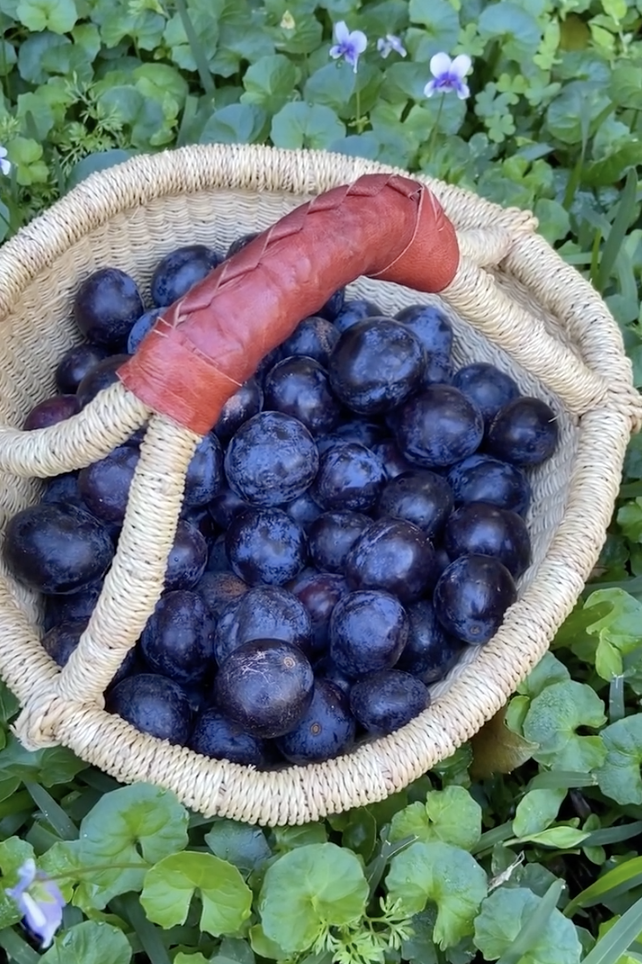
Tell us about your regenerated rainforest! What is regenerative agriculture and why is it important?
Our land is situated 5km’s from where the last 1% remains of the Big Scrub. The Big Scrub is an important part of this country’s rich biodiversity heritage. Prior to European settlement it covered 75,000ha and was the largest expanse of lowland subtropical rainforest in Australia. It is directly descended from the great Gondwana rainforest that covered this country 40 million years ago (You can read more here).
There are 7 threatened species of plants and animals; including the following plants: Southern Orchrosia, Thorny Pea, Green-leaved Rose Walnut and including the following animals: Grey-headed Flying-fox, Koala, Rose-crowned Fruit-dove and White-eared Monarch all inhabiting the rainforest. This area also contains a remanent patch of Lowland Rainforest of Subtropical Australia listed as critically endangered. There is so much life, beauty and ecology present throughout the rainforest and to us its so important we continue the work Sue has done to regenerate and help the rainforest continue to grow and thrive. The rainforest covers 9 acres and not only is it home to so many native plants and animals it is also sequestering carbon from the atmosphere helping to create a better planet and a healthy ecosystem.
Regenerative agriculture to us, means any practise or philosophy that helps build quality and quantity of soil and brings people and community together, a holistic approach that works with mother nature. Within this we acknowledge it can be made up of many different techniques and practises – that are anchored in the philosophy.
It is important we are honouring the land and respecting her so she can continue to build biodiversity. Because without her – land can very quickly become riddled with weeds and the soil unfit to grow within. We have such a unique opportunity to lean into the ancient wisdom of our indigenous community, to learn how to honour and respect the land in the right way – something we hope to do more of and see more of across the country. Marlikka Perdrisat recently said in her TedX talk – “Us as human beings must use the past in the present to protect the future.”
Native Australian foods and plants are something I’m fascinated by. I’ve always found it strange that we as Australians import all these superfoods from all over the world – Peru, Bolivia, Alaska you name it – yet our land has some of the most unique flora and fauna around! Being non-indigenous, how do you honour the use of these plants that are so sacred and traditionally used in indigenous cultures?
We are so fortunate to have some of the most nutritious and flavour-rich foods on the planet growing on this country. Yet, there is still so much more education that sits around this to ensure more Australian’s better understand what these foods are, the unique connection to culture they have and in general how to use them.
Honouring the connection native foods have to country and culture is so important to us and something we believe is much more than just a call out on our website or a direction to donate funds. This is something we are beginning to have conversations about with the Bundjalung community and our intent is to do this in a meaningful and respectful way, as guided by them. One of the things we are working towards is using this land that we are so fortunate to caretake as a place to further these learnings for community. We believe that to honour this connection is a constant relationship that requires ongoing conversations, listening and learning.
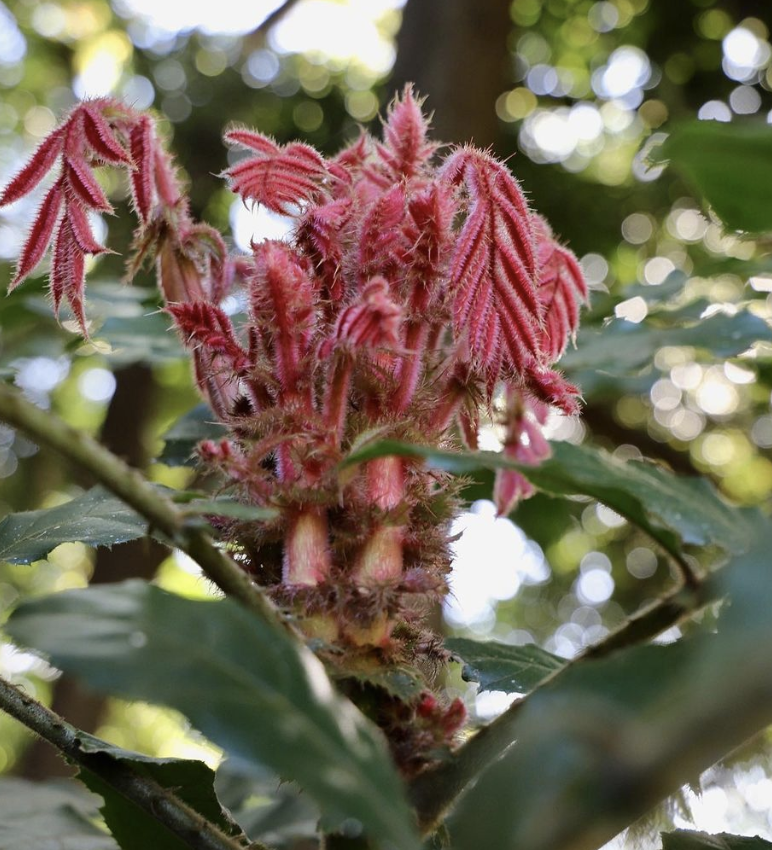
I’ve always found it quite hard to learn about Australian Native foods, especially from a nutritional perspective. You grow and freeze dry Davidson Plum which happens to be high in antioxidants, calcium, vitamin E and zinc. How did you come to doing this and what are your favourite ways to use Davidson Plum?
In 2012 the Rural Industries Research and Development Corporation conducted a research paper on Davidson Plum, for anyone looking to read more this is a wonderful place to start. We were so fortunate to come to this land with a well-established Davidson Plum (Ooray) orchard – when we first arrived, we were blown away by her presence with established trees over 20m high all within a one acre area surrounded by Lemon Myrtle (to detract pests) and next to a regenerated rainforest .
When harvest started at the end of Feb 2022, we quickly realised we were going to have more fruit than we’d anticipated and after the floods were unable to rely on transport of the fruit to buyers. It was at that point we needed to pivot on our original plan and start looking at ways to store the fruit, not requiring refrigeration and still held its nutritional value and minimised any waste. It was then we looked into the freeze-drying process, which essentially extracts 99% of the water content and retains 97% of the nutritional value. For us this was a perfect fit for our organic fruit and a wonderful way we could share it with our community at the Byron Farmer’s Market.
Our favourite way to use Davidson Plum powder is adding to a variety of food and beverages in different ways. For example, we sprinkle a teaspoon in everything from porridge or muesli to salads, roast veggies/ fish/meat . But there’s nothing better than dusting on top of chocolate cake or brownie. It has the best tang on the tongue and is a perfect addition to break up any sweet or rich flavour profile. We also have a teaspoon in our water bottles every day, and we do the same for our kids as it’s such a wonderful way to keep our immune systems strong.
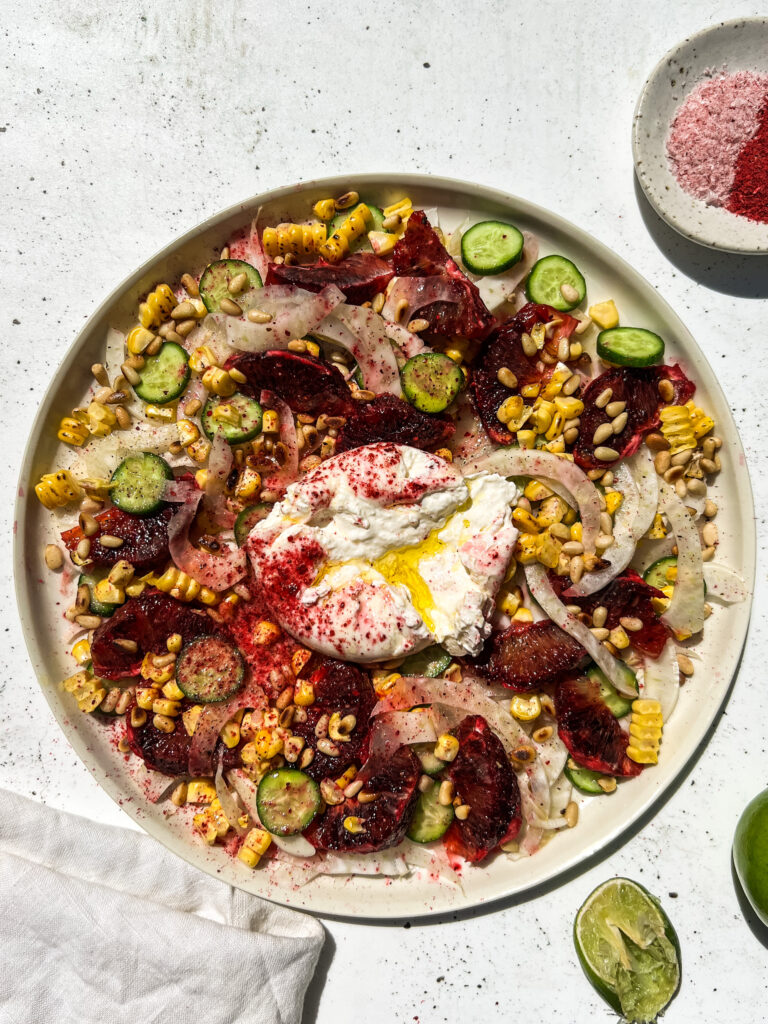
Your commitment to your mission is incredible, but given that not everyone will make such a huge shift as your family has, what are some small things we can do every day to contribute to regeneration, sustainable farming, sourcing, and honouring the land and country we are so divinely lucky to live on?
We think it’s so important to seek to understand where your food comes from and how it’s been grown or farmed – consumers have the power to change the landscape of what food ends up on shelves and how its sold. If we are all out there in stores asking for chemical free produce, wanting to know what our meat was fed and buying food that’s in season… that’s how we can collectively make a change. When we lived in the city we’d always support local farmer’s markets as it’s such a small gesture however the impact to them was very rewarding and the quality of produce and smiles you received behind the stalls was the best shopping experience. There were also many community based organic veg boxes that were either affiliated with local schools or other companies who helped to represent farmers by organising the sales and logistics of delivering produce direct to people’s homes.
A lot of farmers around Australia welcome people to land and love to share about what they’re doing, there are wonderful programs for kids where they can do this too. If we can all become more connected to our collective source – mother nature, we are more likely to go out there to care for her.. whether its collecting rubbish from the beach or from the street, to planting native trees in our backyards or using our nature strips to grow food. Fostering a mindset of what can we collectively contribute back to mother nature and our community rather than focus on what can we take and consume.
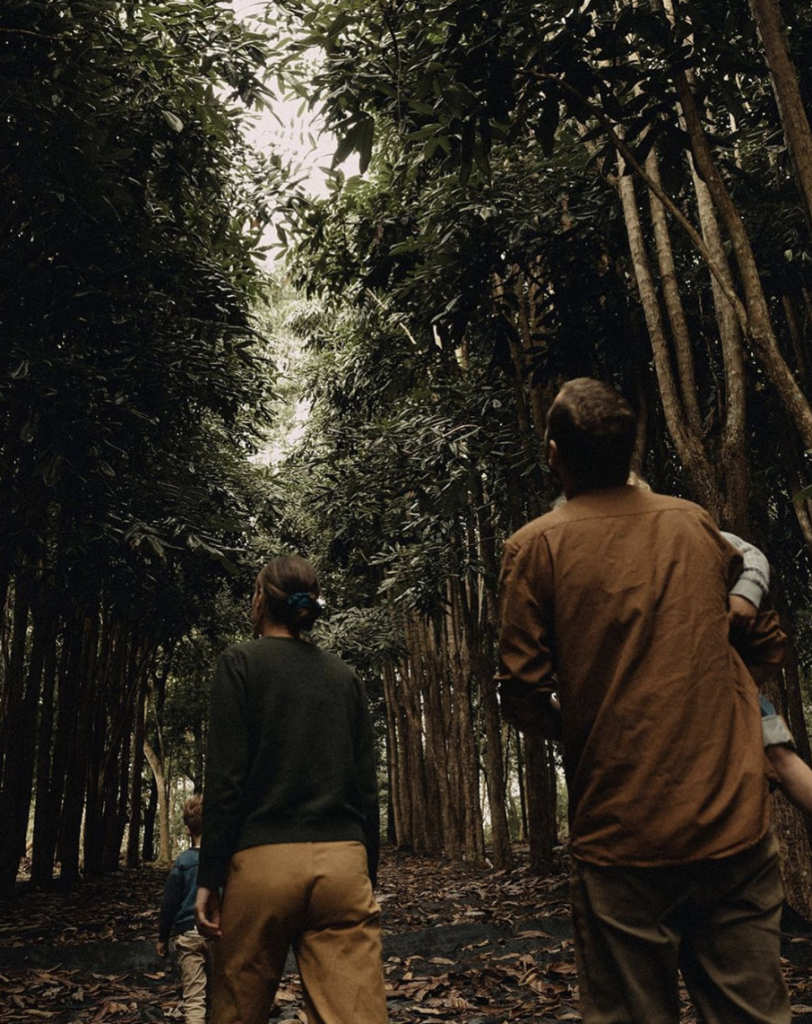
Quick Hits
What do you think makes food and eating so special? Food brings people together, it connects us in such a wholesome way. If you think of food as medicine, you’ll be drawn to food that is nourishing for your body – that realisation is sacred, and something to be honoured.
What are some of the lessons you’ve leant on this beautiful journey? We are all connected, and caring for mother nature and community is how we reconnect with the true essence of being.
Where would you love to take Byron Bush Food and the farm? Our dream is to extend this land as an offering to community for education, to gather and to learn – we think of this as the bringing together of like-minded hearts and minds. To help inspire others around natural practises and how to care for our beautiful land that collectively benefits community.
What does wellness mean to you? To be truly connected within, to see your body, mind and spirit as one and to honour them with country collectively.
You have two beautiful young boys, what would you love to impart on them for their futures (and that of other young people too)?
We want to instil a deep respect and connection for mother nature and for what she provides. To ensure they have the confidence to lean into, trust and be guided by their intuition – and to do things not only because they are right but equally doing it for the greater good of the community they are part of.
Explore and learn
Lastly, we all have those times when we learn something and think “I wish everyone could know about this” – Can you recommend any kind of further reading or knowledge you wish to be more widespread? This could be a book or an inspirational person or organisation or anything.
A person: Delta Kay – she is one of the most incredible people we’ve had the honour of connecting with. Aunty Delta is an Arakwal Bumberbin Bundjalung Elder herself, who has become a cultural custodian and she shares this knowledge and experience through incredible story telling while on her walking tours throughout this region (highly recommend). Connect with her on Instagram.
A podcast episode: THE ART OF AYNI | Indigenous Awareness, Alchemy and Active Remembering with Maria Calderon
I took so much from this conversation – Maria is an interdisciplinary folk artist of Peruvian indigenous descent who reminds us of the power of reciprocity and remembering. They discuss creative process, motherhood, grounding rituals, blood memory, land stewardship, how embracing our different cultural lineages can help depolarize society, the significance of the rainbow in Maria’s work and the healing powers of Mother Nature.
A book: Women who Run with the Wolves: Myths and Stories of the Wild Woman Archetype by Clarissa Pinkola Estés
This is a really powerful read – unfolding the rich intercultural myths, fairytales and stories, in order to help women reconnect with the fierce, healthy, visionary attributes of this instinctual nature. Fertile and life-giving, it is a psychology of women in the truest sense, a knowing of the soul.
Dear reader, thank you for reading this story and I hope it has stoked a little fire within and given you some further exploring to do.
- Connect and explore with Jess and Carl from Byron Bush Food here.
- Try Davidson Plum (Ooray) here. I’ve been loving exploring culinary uses, in salads (I recently put it on burrata which was delicious), on yoghurt and with rich desserts like chocolate fudge cake.
And finally, expand your world with love and intention towards the food you eat, the way you shop and cook, how you share, and how you can connect to your own ecosystem – your self, your land and your community.
Start conversations. Whether it’s with your network, yourself, me or anyone who inspires you (there are a number of people mentioned in this interview!)
This is how we can reclaim wellness.
Liv xxx


